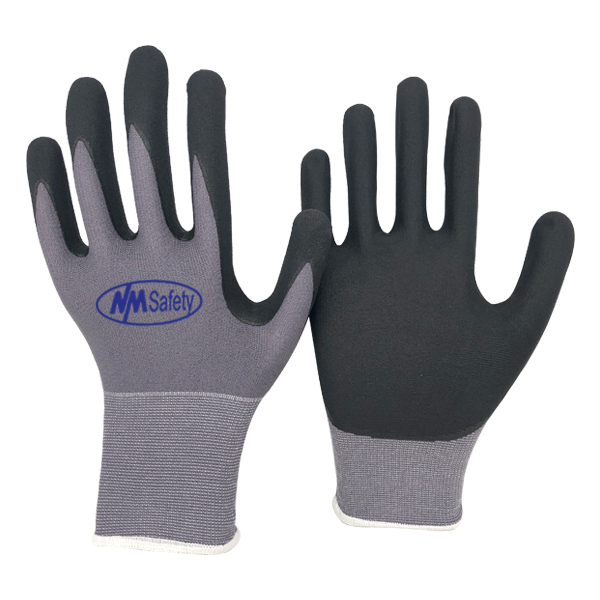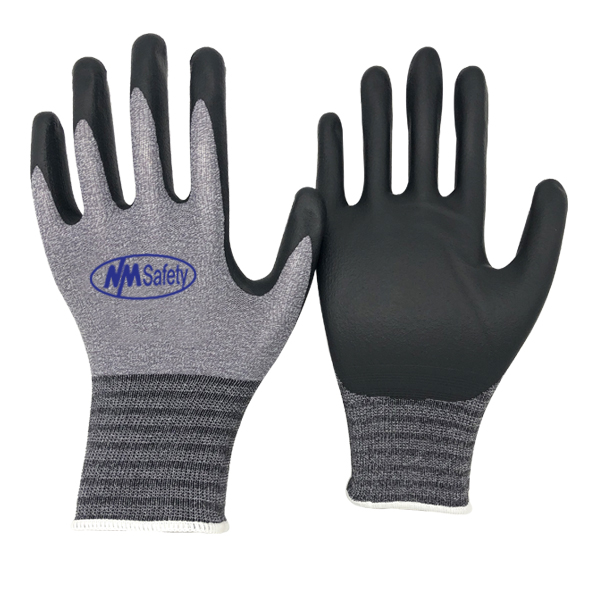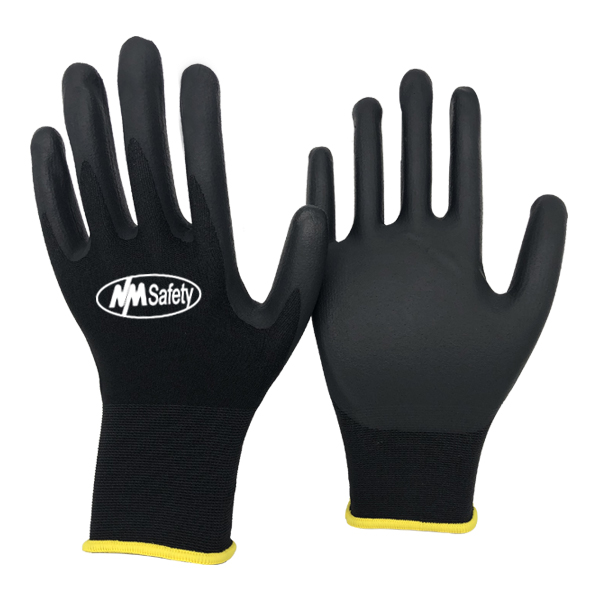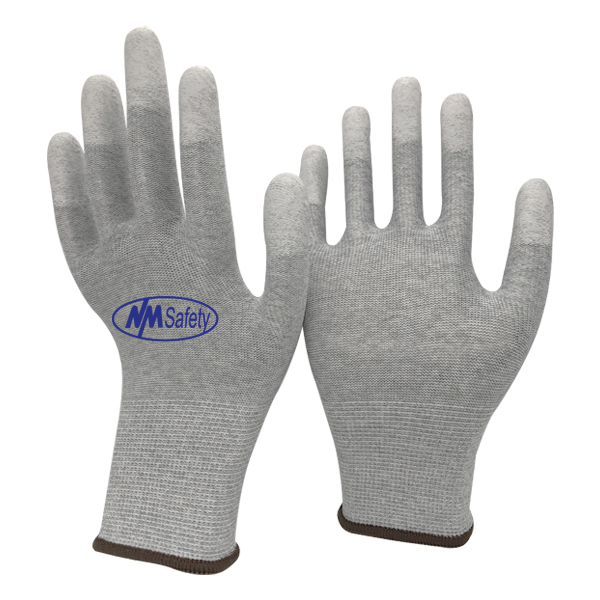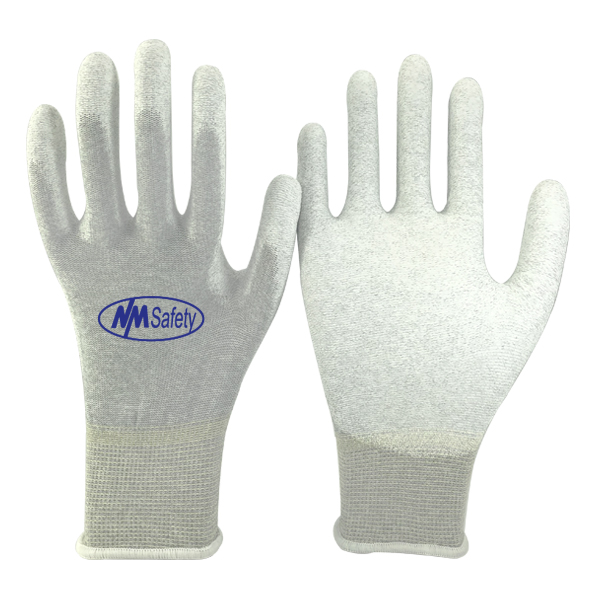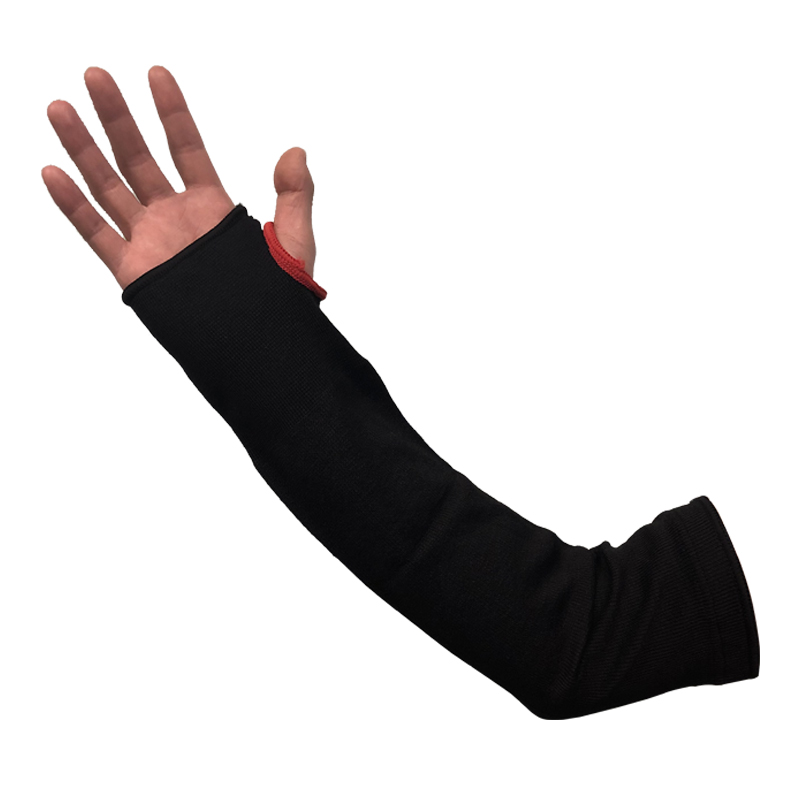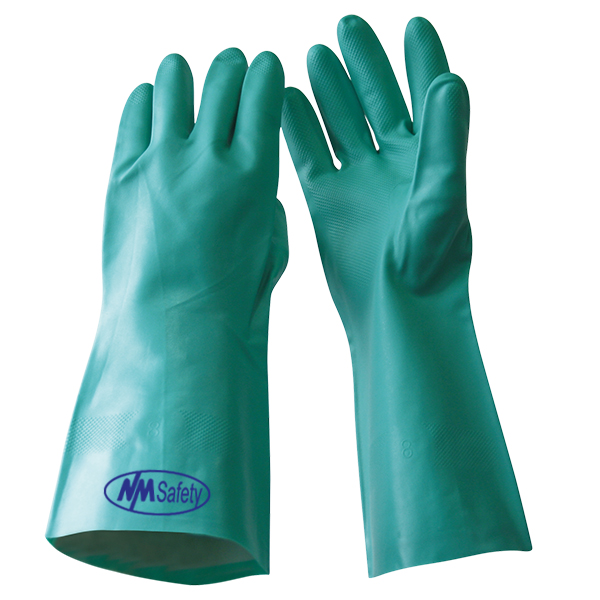What is Palm Coated Gloves?
Work gloves with palms coated with a protective substance are called palm-coated gloves. The type of material used determines the level of protection provided; for example, nitrile gloves have a higher level of protection than PVC gloves.
Palm-coated gloves are a common type of protective equipment since the palm is the principal contact point when workers hold items. Abrasion resistance is the most prevalent type of protection provided by palm coating, and abrasion resistance keeps the glove's integrity when handling work equipment.
Advantages:
While doing workplace tasks, particularly in construction, are legally required to use protective gloves. The reason is due to the vast number of construction operations that require workers to hold hazardous materials or put their palms under physical stress. Palm-coated gloves are needed for ergonomic reasons, as they provide additional gripping power when holding equipment for long periods.
Features:
- With a seamless lining, you'll have more flexibility and comfort.
- Anti-slip
- oil-proof
- Abrasion-resistant.
- Snag resistance, puncture resistance, abrasion resistance, and cut resistance are outstanding.
Benefits:
Nitrile, polyurethane, latex, PVC, and Kevlar are popular coatings used for palm protection. Nitrile coatings are for a puncture, abrasion, tear resistance, and oil resistance. Chemicals, such as oils and glue, can be prevented from adhering to the glove with certain coatings.
How do They work?
Unless they have been tested and certified to fulfill a recognized quality standard, such as an ANSI/ASTM (North America) or EN (Europe) standard, palm-coated gloves are not best for occupational health and safety requirements. Every glove standard targets a particular form of hazard protection. These gloves with an A1 rating can withstand a blade stroke of at least 200 grams of force, while gloves with an A9 rating can withstand a stroke of up to 6,000 grams of force.
What are Nitrile Palm Coated Gloves?
Chemical protection and greasy applications benefit from nitrile palm-coated gloves. When working with oily or wet parts, nitrile-coated gloves are the best for grip and slip resistance. Nitrile gloves also provide some protection from extreme heat and cold. The metal stamping, fabrication, warehousing, maintenance, and handling of oily parts are all possible using nitrile-covered gloves.
Features:
- Cut-resistant shell with high visibility promotes visibility and guarantees worker compliance
- Yellow thumb crotch reinforcement Stitching made of Kevlar
- Dirt and debris are out of the glove
- High-performance and cooling fibers combined
- The palm coating is nitrile, which gives exceptional grip
- Excellent fit, comfort, and versatility
What are Foam Nitrile Palm Coated gloves?
When dealing with greasy surfaces, Foam nitrile palm coating gloves behave like a sponge, offering excellent grip in wet and oily circumstances. Foam nitrile also lets the hand breathe, resulting in increased wearer comfort. However, when exposed to heavy oil or liquids, the open pore structure of foam nitrile can get saturated, making it better suited to dry or mild oil conditions.
While handling slightly oily parts, a foam nitrile coating on the palm and fingers gives the best grip. The seamless knitted lining with cut level E ensures a snug and comfortable fit, increasing skill and reducing hand fatigue. Assembly work, metal stamping, automotive production, and glass handling and processing are all examples of typical applications.
Features:
- They are designed in a pattern to give optimal grip and absorb oil, ensuring that the hand does not slip in oily circumstances
- Compared to conventional coated gloves, these gloves have more skill and flexibility
- The coated surface of thefoam nitrile glove protects against oil, grease, and other liquids
- Ergonomically designed products provide increased comfort and reduce hand fatigue
Advantages:
It secures the nitrile flex glove firm while working and prevents it from slipping off. It saves the sleeve edge of jackets and sweatshirts snugly around the wrist, eliminating the risk of loose material becoming stuck in a machine's rotary wheels or gears while it is in use. We kept their design simple but more attractive to ensure adaptation.
Benefits:
- The wet grip is fantastic
- Chemical Resistance that is second to none
- Allergic responses are uncommon
- The skin is not irritated by seams that come into contact with it
- Having a breathable backhand helps with perspiration
- The glove provides good physical and chemical protection when exposed to solvents petroleum, aromatics, caustics, and fatty acids
- The inside of the nitrile flex gloveis of high-performance polyester
- Nitrile is a high-performance rubber that uniquely combines strength and grip
Use and care:
- Check for signs of degradation or puncture before using nitrile-coated gloves. Pinholes can be tested by blowing or trapping air inside and rolling it out.
- Disposable gloves should be changed whenever there is a suggestion of contamination.
- Wearing nitrile-coated gloves, Be sure you're only handling the procedure's supplies.
- Touching equipment, phones, wastebaskets, and other surfaces can spread contamination. Maintain a safe distance between your hands and your face, hair, and clothing.
Importance Of Thickness:
Thickness determined the level of protection provided by nitrile-coated gloves. As a result, it's one of the things to think about while buying gloves. The thickness influences whether chemicals will leak through or if a sharp object will reach your hand. The nitrile-coated gloves show the best improvement by dipping nitrile gloves multiple times in the coating solution. It ensures that the thickness is appropriate and comfy for everyone to perform your job.
Conclusion:
It should be in your survival pack if you work in a job that requires you to use your hands much. A foam nitrile glove protects your hands against contamination and infection. We must follow the directions and use safety gloves because they provide many benefits. They play a role in ensuring that everyone is safe while working in factories and industries. As a result, the firm NM Safety is the best alternative for purchasing these reliable goods. The best and most economical foam nitrile palm-coated gloves are available at NM Safety.






